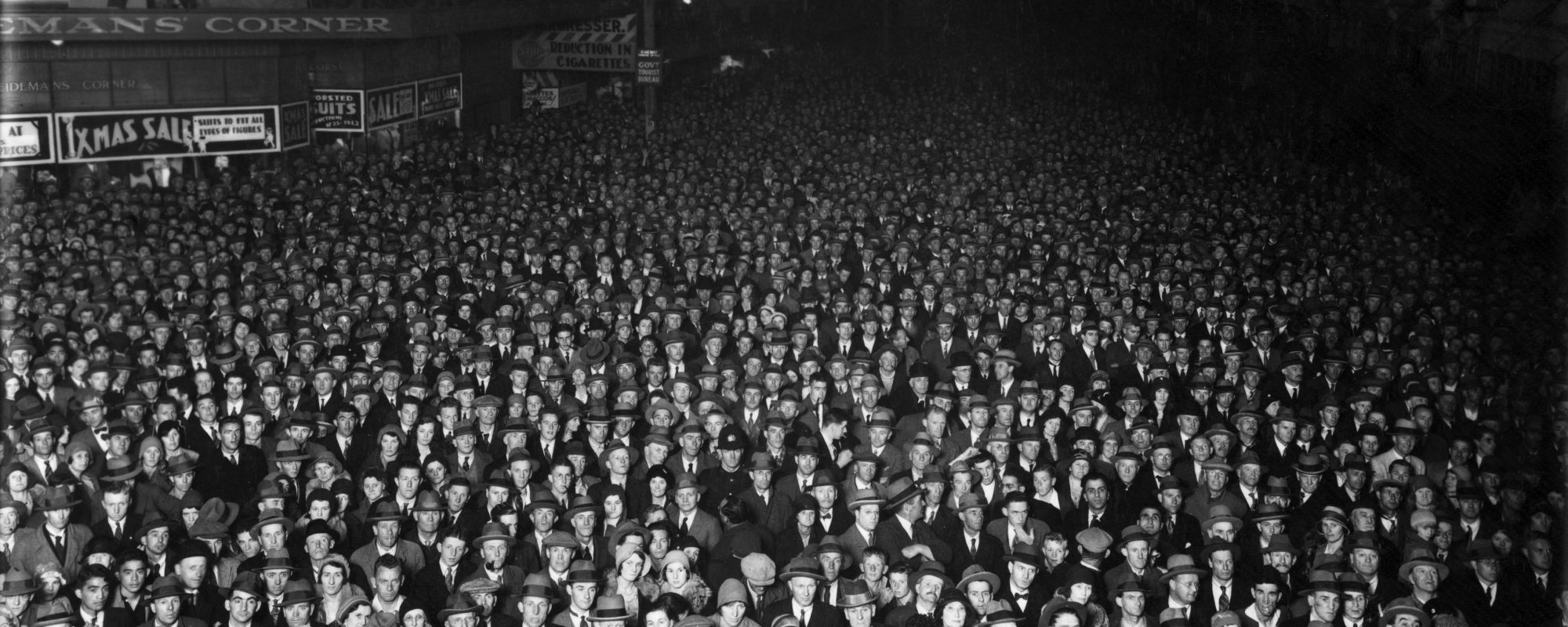
I am an evolutionary biologist interested in group behaviour and evolution.
I find complex systems and dynamic systems particularly satisfying to study. What is complex? Almost everything – most systems are influenced by a multitude of mechanisms at some scale. There are many components to choose from when deciding what to study and, ideally, you pick a few and look at their interaction. This often makes the system dynamic: further mechanisms are triggered along the way.
Behaviour is a fascinating field because of the complex and interesting dynamics that it generates and is generated by. Also, humans are odd.
Project 2017 – 2021: Evolution of collective behaviour and self-organisation
How does self-organised behaviour evolve? Collective nest building in eusocial insects relies on self-organisation, a set of mechanisms that generate complex and/ or organised collective outcomes based on simple, shared, individual rules. Here, I was interested in how well self-organisation handle inter-individual differences and ecological noise. This series of studies used a model organism (Temnothorax rugatulus), some pretty fancy statistics, and a few computational experiments (agent-based models, aka ABM, aka IBM).
# Question: How does self-organised behaviour evolve?
Project 2016 – 2022: Early-career Social Learning Researchers (ESLR)
I was a co-founder of ESLR, an early-career society focused on social learning and cultural evolution. ESLR is keen on providing training resources for early-career researchers, including workshops, and is a space to discuss issues in research careers, such as work-life balance, low PhD pay, poor training, double-body problem, etc. (you know the drill). If one of these topics resonates with you, check them out – they are active, now more than ever.
What ESLR is doing:
# Creating an interdisciplinary network of researchers in social learning and cultural evolution
# Pushing the discussion on more balanced work models for academic researchers, particularly ECRs
Project 2017 – 2020: Using genetic algorithms to study fitness landscapes
Fitness landscapes are a core concept in adaptation. Finally, thanks to the developments in ‘omics technologies in the last two decades, the first empirical fitness landscapes are being described. However, the theoretical study of their properties has so far being restricted to mathematically heavy models that are not of easy access to biologically trained researchers. I have found an engineering modelling tool, designed for complex problem solution optimisation, that is based on the evolutionary process and I think we can usefully apply it to the study of evolutionary trajectories on virtually any landscape. Stay tuned for updates (ms almost ready for submission…). By the way, if I have taken anything home from this project, it’s that I don’t agree with the use of the term ‘landscape’ in this sense any more.
# Question: Can we make the study of fitness landscapes more accessible?
Project 2015 – 2016: Evolution of marital residence traditions
This is the project that has been closest to my heart, because it deals with culture. Unfortunately, it has been abandoned for lack of funding and consequent lack of dedicated time. Human populations historically have had different traditions regarding where a couple should reside after their wedding: neolocality, where they separate from both families of origin, is what we WEIRD do now and is a strategy that has become more and more common across the world in the past century. Before then, however, patrilocality – where couples resided with the husband’s original family – was the most common tradition in Europe and, for example, among Han Chinese. Other traditions were and sometimes still are typical of other cultures. What influences the emergence of different marital residence customs? Costs and cheaters might have to do with it.
# Question: Does biological fitness underlie marital residence traditions?
